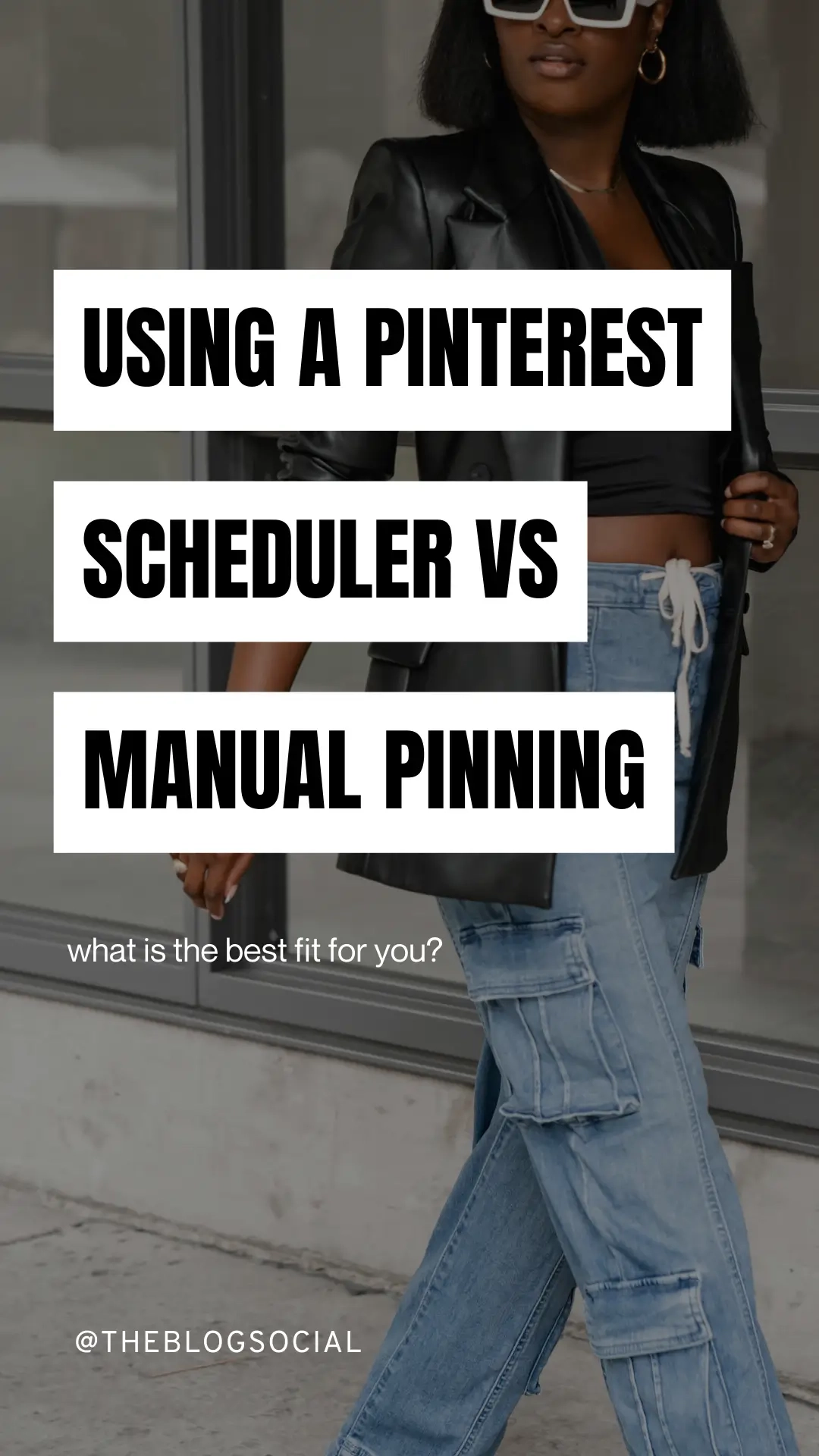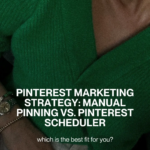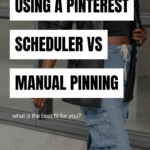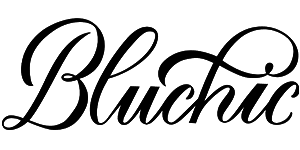Pinterest has become an essential platform for bloggers and businesses looking to boost their online presence. With its visually-driven content, Pinterest offers a unique way to connect with audiences and drive traffic to websites. However, success on this platform often hinges on one key factor: consistency.
This is where the debate between using manual pinning vs Pinterest scheduler comes into play. Is it better to automate your pinning strategy, or should you take the hands-on approach? Let’s explore both options to help you decide.

Table of Contents
The Benefits of Using a Pinterest Scheduler
Convenience and Time-Saving
One of the most significant advantages of using a Pinterest scheduler like Tailwind is the convenience it provides. You can plan and schedule your pins ahead of time, freeing up your day for other important tasks. Imagine being able to dedicate a few hours each month to create a month’s worth of content—this can be a game changer for busy bloggers and business owners.

Consistency and Reach
Using a Pinterest scheduling tool can help maintain a consistent pinning frequency, unlike live pinning on the Pinterest platform, even when life gets busy. With automated posting, your content can be distributed evenly across different times of the day, ensuring maximum reach and engagement without additional effort on your part.
Batch Creation
Schedulers are ideal for batching content creation, allowing you to focus on producing high-quality graphics and descriptions in one sitting. You can also automate repetitive tasks, giving you more time to brainstorm and create new ideas.
Related Post: Comparing The Best Pinterest Schedulers
Analytics and Insights
Many Pinterest schedulers come equipped with Pinterest analytics tools that provide insights into your pinning strategies. These insights can help you make informed decisions about what types of content resonate best with your audience, enabling you to optimise your approach over time. This will allow you to better plan your Pinterest strategy and see what works and what doesn’t.
Related Post: 7 Pinterest SEO Tips to Optimise Your Pins and Boost Website Traffic
The Benefits of Manual Pinning
Personal Touch and Control
Manual pinning offers a personal touch that automation often lacks. With this method, you have greater control over the timing and type of pins you share. This flexibility allows you to respond to trending topics or seasonal content that resonate with your audience.
Real-Time Engagement
Manually pinning live on Pinterest allows for immediate engagement with current trends. When something goes viral, being able to pin that content without delay can significantly enhance your visibility and relevance on the platform.
Pinterest Preferences
Some users believe that Pinterest favours fresh content and manual engagement over automated pins. By manually pinning, you may increase the chances of your posts being prioritised in user feeds.
Challenges of Using Pinterest Schedulers
Cost
While there are free options available, many third-party Pinterest schedulers come with a paid subscription. This can add up, especially if your budget is tight. Whereas when you’re scheduling pins through the native scheduler only has a free forever plan.
Platform Limitations
Not all schedulers have access to every feature Pinterest offers so it’s important to use Pinterest-approved schedulers like using Tailwind. This could mean missing out on certain functionalities or analytics that could enhance your strategy.
Automation Pitfalls
There’s a risk of over-automation by scheduling your pins in advance can lead to less engagement. If your audience starts to recognise that your pins are automated, it may lessen their interaction with your content.
Challenges of Manual Pinning
Time-Consuming
A downside to manual pinning can be very time-consuming, requiring frequent engagement throughout the day. This might not be feasible for everyone, especially those balancing multiple responsibilities.
Related Post: How to Design Click-Worthy Pins for Pinterest
Inconsistent Posting
Maintaining a consistent schedule can be challenging when relying on manual pinning your Pinterest pins. Life can get hectic, leading to missed opportunities for posting at optimal times.
Missed Opportunities
If you’re unavailable to pin during peak times, you might miss out on significant engagement opportunities that could have driven more traffic to your site.
Which Approach is Best for You?
To determine the best approach for your needs, consider the following:
- Time Availability: Is manual pinning realistic given your schedule?
- Goals with Pinterest: Are you focusing on growth, engagement, or sales?
- Cost Consideration: Is investing in a scheduling platform worth it for your business?
Testing both methods can help you find the right balance that works for you.
Related Post: 7 Pinterest Tools to Help You Build an Awesome Pinning Strategy
Hybrid Strategy: Combining Manual and Scheduled Pinning
For many users, a hybrid strategy may offer the best of both worlds. You can use schedulers for evergreen content that needs consistent posting while engaging in manual pinning to your Pinterest account for real-time responses and trend-driven posts. Crafting a balanced approach allows you to stay relevant while maintaining efficiency.
Conclusion
Both Pinterest schedulers and manual pinning using the native Pinterest scheduler have their pros and cons. The key is to find what works best for your unique situation. By trying out both methods, you can develop a Pinterest marketing strategy that fits your goals and lifestyle.
What about you? Have you tried using a Pinterest scheduler or manual pinning? Share your experiences in the comments below!



















You’ve outlined the pros and cons so well! Thanks for sharing all of this amazing information!
Thanks so much, Laura! Glad you found it useful.